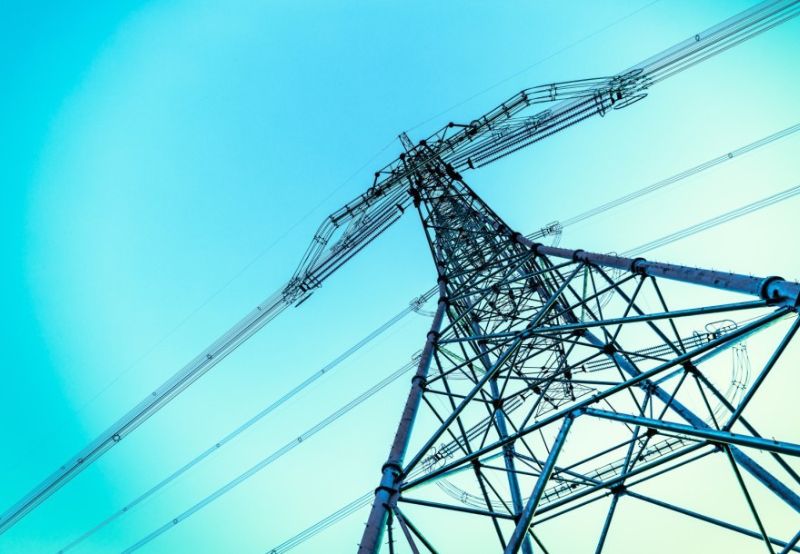Supply Chain Shortages and Inflation Delay Power Transmission Projects
Transformer costs have doubled in the last seven years
Follow Mercom India on WhatsApp for exclusive updates on clean energy news and insights
India’s power transmission sector is staring at supply chain shortages and higher procurement costs due to a high demand for transformers and other critical transmission components.
Stakeholders report a growing stress in the power system supply chain, with supply falling short of meeting demand for components such as transformers, control relay panels, tower parts, insulators, and gas-insulated switchgear (GIS). Longer lead times for procuring these components are leading to delays in transmission and power generation projects.
R K Tyagi, Chairman and Managing Director at Power Grid Corporation of India (POWERGRID), recently spoke at length on the transmission sector’s challenges arising from steep inflation. According to him, transformer costs alone have doubled in the last seven years.
“Transformers, which cost about ₹140 million (~$1.59 million), are now almost at ₹300 million (~$3.41 million). A GIS bay, which cost ₹60 million (~$683,946), now costs ₹150 million (~$1.7 million),” he told an analysts’ conference recently.
“We do not get bids from more than two equipment suppliers for each tender. Everybody’s hands are full,” said Tyagi.
To overcome the problem, POWERGRID procures enough transformers for two to three projects in advance.
A seller-market scenario is prevailing, with suppliers dictating prices. Tyagi said there is no option but to buy at the costs quoted by suppliers.
Industry leaders echoed these concerns at the recent Mercom India Renewable Summit 2025. Simarpreet Singh, CEO at Hartek Group, pointed to the problem of the lack of timely availability of equipment. He said long equipment delivery timelines are now the main reasons for project delays.
“We are also facing challenges with equipment such as circuit breakers, isolators, and control relay panels. We must address the lack of quality manufacturers in the high-voltage and extra-high-voltage segments,” said Singh.
He stated that while significant attention has been given to the domestic manufacturing of solar modules, other components essential to the transmission and distribution ecosystem have not received adequate policy or investment focus.
Vaibhav Roongta, Chief Business Officer at Rays Power Infra, drew attention to the growing lead times for critical high-voltage equipment, such as 220 kV and 400 kV switchyards, transformers, and isolators, which have now reached almost 20 months, exacerbating project delays.
The government has targeted expanding India’s power transmission network to 648,000 circuit kilometers (ckm) in 2032 from 485,000 ckm in 2024. The plan is to meet a peak electricity demand of 458 GW by 2032. The demand-supply mismatch for critical transmission equipment could jeopardize this target if not addressed in time.
Transformer supply crunch is not a problem limited to India alone. A recent Wood Mackenzie report said power transformers and distribution transformers in the U.S. are currently in a supply deficit of 30% and 6%, respectively, based on annual supply and demand estimates.
